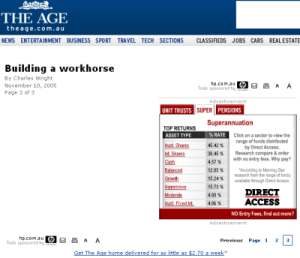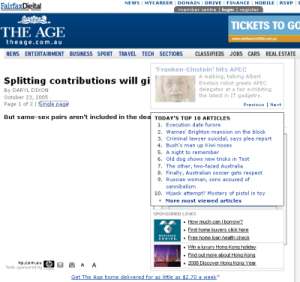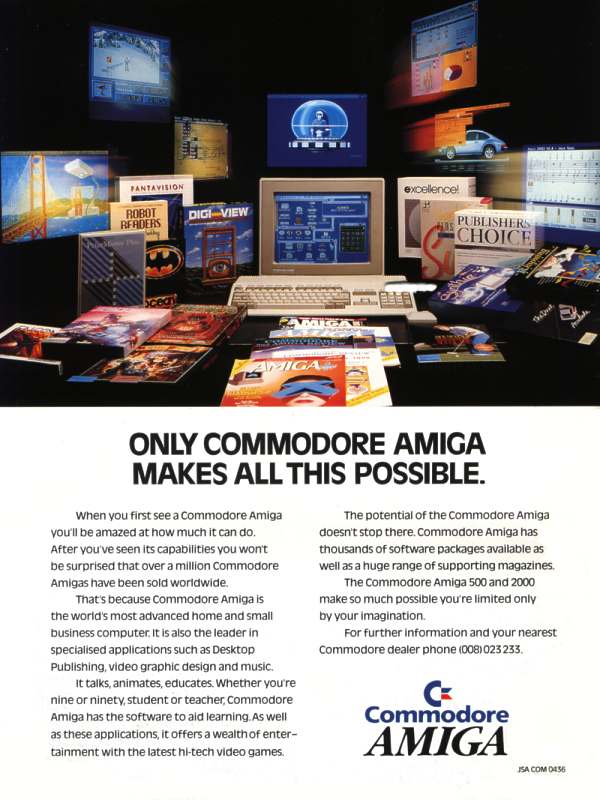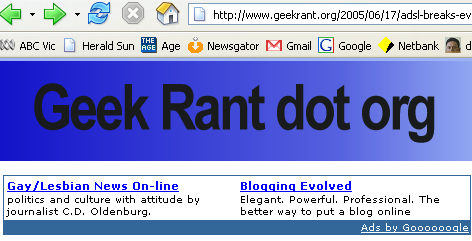Sure, CRT displays are bulky, consume piles of power and are heavy. But they can change resolution without a loss of … resolution.
See, High Definition TV runs at 1920 x 1080 – which, incidentally, a vanishingly small number of TV sets run at (ignore advertising about sets being HD-ready – all it means is the TV will understand a HD signal and happily convert it down to it’s native resolution). But converting a raster image from it’s native resolution down involves a loss of information; worse yet, if that resolution isn’t an integer multiple of source resolution, the downconversion algorithm has to make some judgement calls about which new pixel to push the old pixel’s information – so you can have some odd looking images, like horizonal or diagonal lines going… funny. Colour transitions can become forced too with a visible loss of colour depth. Converting up can also be a little strange, with some pixels odd colours (making the image look blurry) or straight lines becoming jagged. Given that signals might also appear in 704 × 480 (Standard Defintion) or 1280 × 720 (a high quality high definition signal not broadcast in Oztralia), aspect ratios on the pixels involved mean you need a native resolution not likely to be obtained for many years to get clean conversion between the resolutions.
CRTs don’t give a rat’s arse about conversion algorithms, and happily change the number of lines they throw on the screen in response to the number they’re given. The only difficulty you might encounter is the shadow mask or aperture grille.
LCD and Plasma display screens – generally TV monitors, and LCD projectors (and for that matter, any other matrix-based projection technology) have a failure mode that analogue CRT displays don’t exhibit:
Dead pixels.
Stuck on or stuck off, dead pixels are a one way street. You don’t see that kind of failure in CRTs. And I’m not aware of any TV manufacturers who guarantee their product against this particularly annoying failure. No-one is told about it at purchase time, but I’m predicting in three to five years time there’s going to be an uproar about it.
Anyone bought a new matrix TV lately? Happy about it?

 Walking to the train station from work, saw this big red ad – and I must admit, I think my vision is going – I think it’s degenerated to the point where it’s as good as most people’s. And perhaps I’m slightly dyslexic, but I read the ad as “Australia’s first web chicken”. Perhaps I spent too much time in NZ as a child. In fact, in looking critically at it, and recalling a
Walking to the train station from work, saw this big red ad – and I must admit, I think my vision is going – I think it’s degenerated to the point where it’s as good as most people’s. And perhaps I’m slightly dyslexic, but I read the ad as “Australia’s first web chicken”. Perhaps I spent too much time in NZ as a child. In fact, in looking critically at it, and recalling a 
 This article
This article This article
This article And this story
And this story
